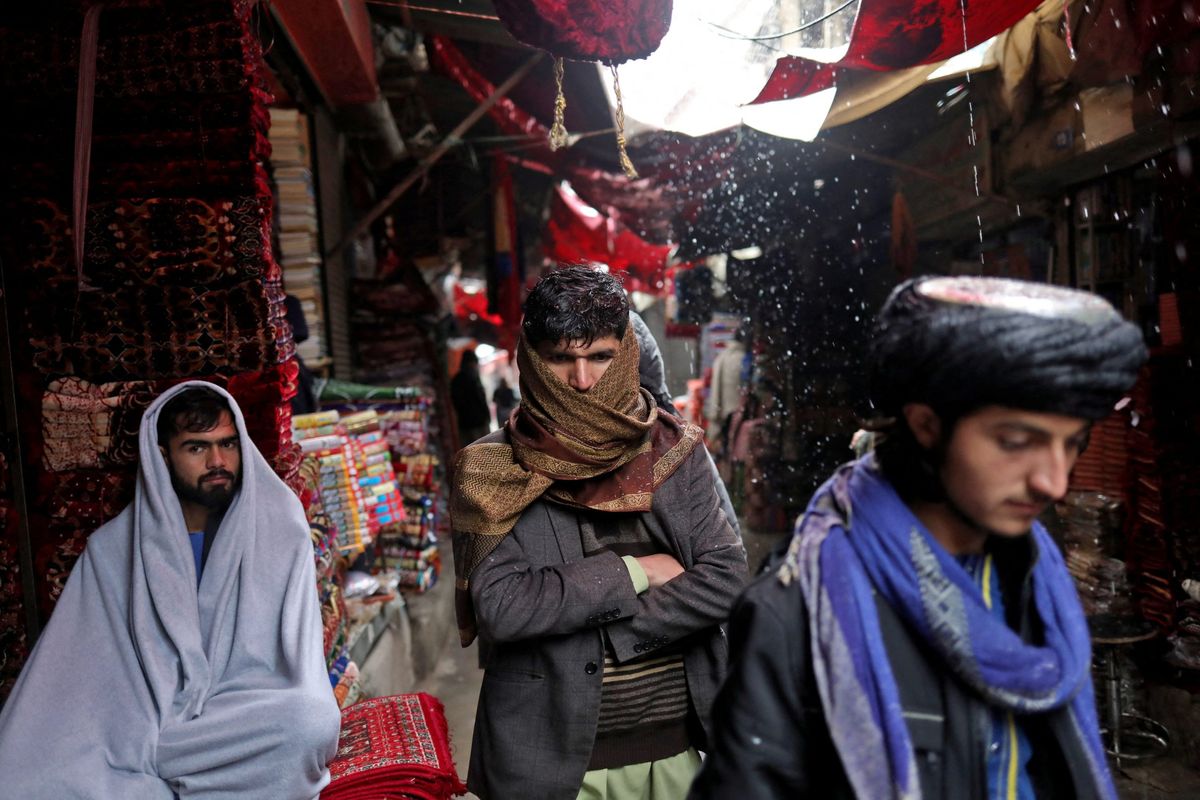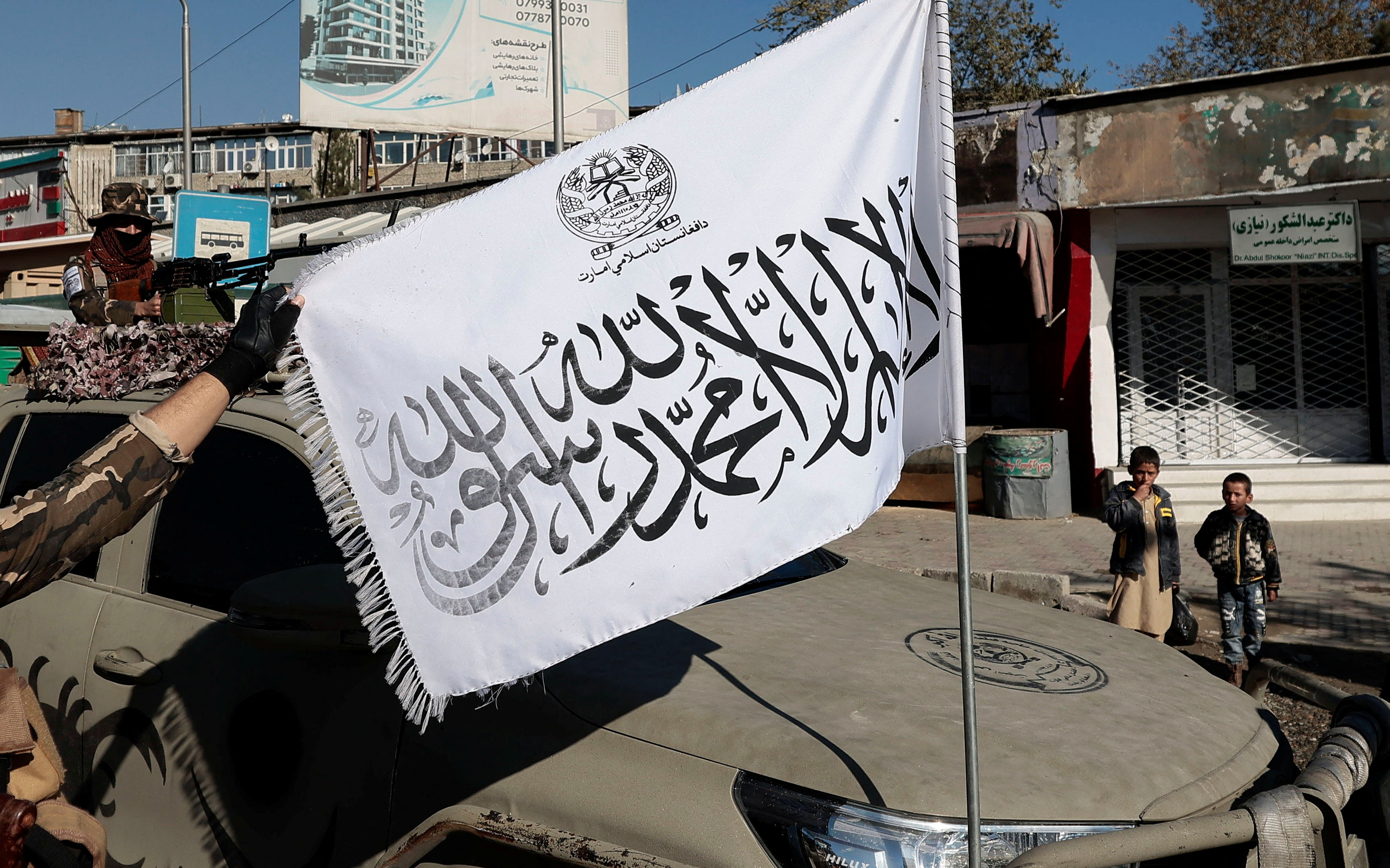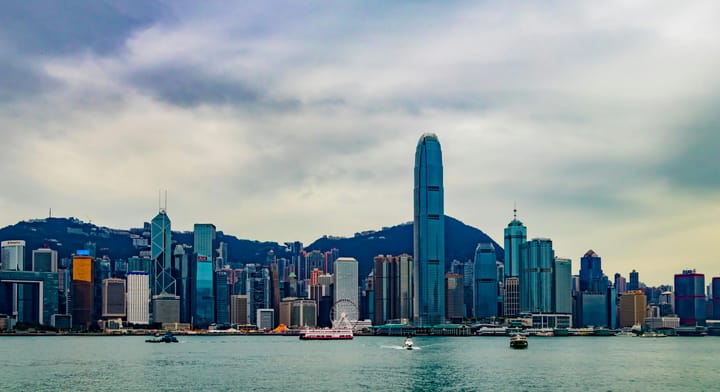How does the Taliban make money?

A few minutes every morning is all you need.
Stay up to date on the world's Headlines and Human Stories. It's fun, it's factual, it's fluff-free.
Illicit drugs are “the country’s largest industry except for war," said Barnett Rubin, a former State Department adviser on Afghanistan.
What’s the Taliban, again?
- After the United States withdrew its troops from Afghanistan, the Taliban took over and is now essentially the government entity running the country.
- Before the Taliban took over, the US was funding much of the government – which at the time was just called the Afghan government.
- But when the Taliban took control, almost all aid, both from the US as well as other other countries and NGOs, halted.
- Some of the sanctions on some of this aid will soon be lifted, but that accounts for a very small amount of the overall income that the Taliban actually needs to run the country.
So, how does the Taliban typically make money?

- There are essentially four ways that the Taliban generates income.
- The first way it makes money is through donations from other countries, namely Pakistan and Russia. There are also private donors in various countries. Experts think this could be worth about US$500 million annually.
- These connections to private funders have been around for quite some time. In fact, the Central Intelligence Agency (CIA) estimated in a classified report that Taliban leaders and their group received US$106 million in 2008 from donors outside of the country. And according to a US counterterrorism official, the largest individual contributers are from Saudi Arabia, Pakistan, Iran and some Persian Gulf nations.
- The second way the Taliban makes money is through the mining of resources. Since Afghanistan has been in conflict for so long, a lot of its natural resources haven’t been tapped to full potential.
- The domestic mining industry, according to Afghan officials, is worth around US$1 billion, and the Taliban regularly either extorts or takes control of the legal and illegal mining operations around the country to generate income.
- The third way it makes money is through the illegal drug trade – specifically through opium, or in its refined form, heroin. Afghanistan is the world’s largest exporter of heroin. Some officials estimate that taxes from opium make up about 60% of the Taliban’s revenues (between US$100 million to US$400 million annually).
- The fourth way it makes money is through taxing the other things going on in its area of control. This includes things like traders, but in the past it has also included taxing development projects like schools or hospitals that have been funded by the West.
How much do they make?
- Because a lot of the ways the Taliban makes money are either illegal or somewhat unofficial, it’s impossible to say exactly.
- But some estimates say that the group collects somewhere between US$300 million and US$1.59 billion annually.
- The Taliban also has funds and assets that it can’t access because of US sanctions.
- For example, the Afghan government had about US$9 billion in foreign reserves, US$7 billion of which is stored in the US. The Biden administration has cut off access to these funds.
What’s next?
- So, during the two decades of war, the country was mostly reliant on foreign aid. But with that halted, there have been reports of a humanitarian crisis, with people experiencing extreme food shortages. The United Nations (UN) says nearly 23 million people, around 55% of the population, are facing extreme levels of hunger, with nearly nine million at risk of famine during the winter.
- But the Taliban denies this. In late December, the Taliban said to CNN that while the country had economic issues, it was far from a crisis.
- “No one will starve cause there is no famine and the cities are full of food,” said Taliban spokesperson Zabiullah Mujahid. He also added that any claims of a “crisis” were fake.
- So now donors and non-profits are looking for ways to help Afghans while bypassing US sanctions and ensuring that they don’t indirectly fund the Taliban and legitimize the group. For example, this week, the UN asked donors for US$4.4 billion in humanitarian aid for Afghanistan this year.
- When it comes to other sources of its revenue, since the taking-over of the rest of Afghanistan earlier this year, many of the border crossings within Afghanistan have closed down, which meant that revenue from the transportation of goods and border crossings has plummeted. But illegal opium and mining trading hasn’t slowed much.
- Illicit drugs are “the country’s largest industry except for war," said Barnett Rubin, a former State Department adviser on Afghanistan.







Comments ()